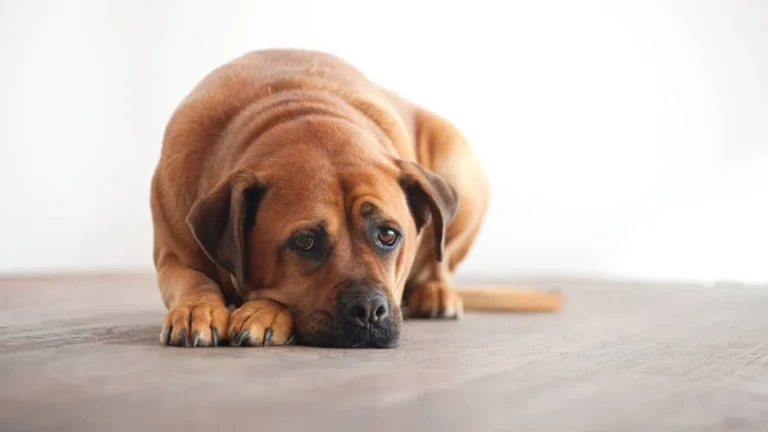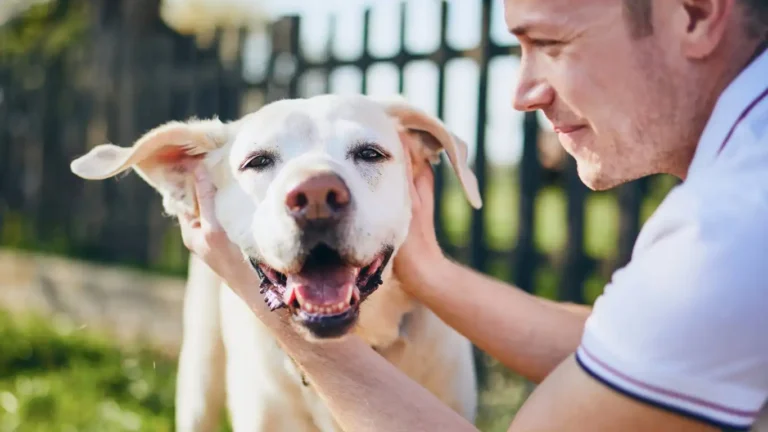7 Best Ways to Encourage Your Dog to Drink More Water & Stay Hydrated
As a veterinary technician with a special focus on nutrition, one thing I’ve learned is just how crucial water is to a dog’s overall health. Many pet owners don’t realize how easily a dog can become dehydrated, and often, we overlook the signs until it’s too late. So, what are the best ways to encourage a dog to drink more water? If you’ve ever had a picky pup who refuses to drink, or a senior dog with specific health issues, you know just how challenging it can be to keep them hydrated. In this post, I’ll share some of the most effective strategies based on my own experience working with dogs—and a few tricks that have helped many of my clients over the years.
Understanding Why Your Dog Might Not Be Drinking Enough Water

Before we dive into ways to encourage your dog to drink more water, it’s essential to understand why they might not be drinking enough in the first place. There could be a number of reasons—some simple, some a bit more complex. Dogs, just like humans, can have different reasons for avoiding their water bowls, and addressing the root cause is key to solving the problem.
1. Health Issues and Dehydration
If your dog suddenly stops drinking water or is drinking less than usual, it could be a sign of an underlying health issue. Conditions like kidney disease, urinary tract infections (UTIs), diabetes, or even gastrointestinal issues can affect your dog’s thirst response. In these cases, it’s crucial to visit the vet as soon as possible to get a proper diagnosis. Your vet may also recommend specific treatments to help encourage drinking, such as subcutaneous fluids or special diets designed to improve hydration.
2. Environmental Factors and Temperature
Dogs are more likely to drink when they’re comfortable. If it’s too hot or too cold, your dog might not be feeling like having a drink. In the summer months, make sure your dog has access to fresh, cool water and try to keep their water bowl out of direct sunlight. Some dogs also prefer their water at a certain temperature, and you might have to experiment a bit to figure out what works best for your pup.
3. The Water Bowl Itself
Believe it or not, the type of water bowl you use can have a big impact on whether your dog will drink enough. Some dogs are sensitive to the material of the bowl, while others might not like the shape or size. For instance, some dogs find ceramic or stainless steel bowls more comfortable to drink from than plastic ones, which can sometimes retain odors. And if the water bowl is too deep or too shallow, your dog might have a harder time reaching the water or might not like the experience.
4. Boredom or Disinterest
Just like humans, dogs get bored of the same old routine. If your dog’s water bowl is always in the same spot, they may start ignoring it simply because they’re tired of seeing it there. It’s a small thing, but changing up the location of the water bowl or introducing a new type of water bowl can sometimes reignite your dog’s interest. Some dogs love to drink out of fountains, and that moving water could be more enticing to them than a stagnant bowl.
Best Ways to Encourage a Dog to Drink More Water
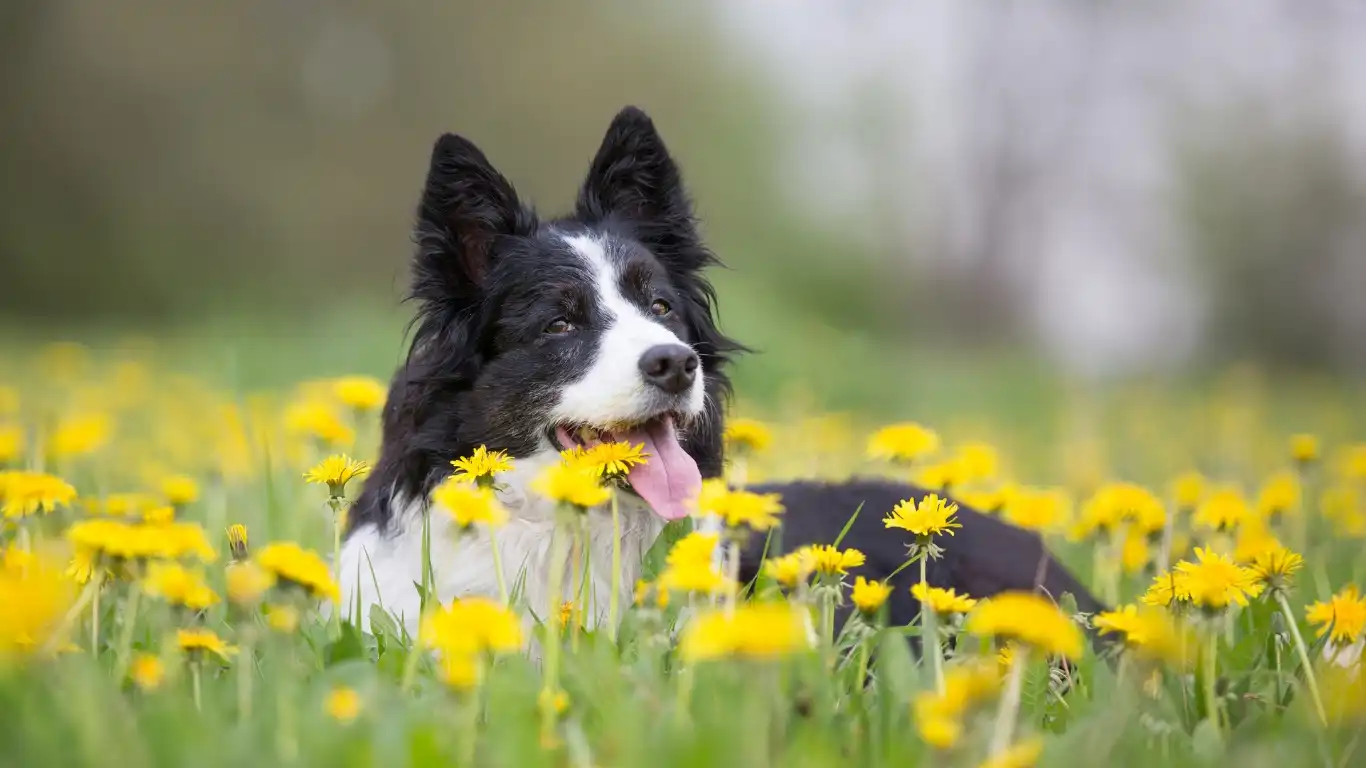
Now that we’ve covered some of the reasons why your dog might not be drinking enough water, let’s get into the best ways to encourage them to drink more. While some of these strategies are pretty straightforward, others are a little more creative. Either way, these methods can help boost hydration and keep your dog feeling their best.
1. Add Flavor to Their Water
If your dog is picky about drinking plain water, try adding a little flavor to entice them. You can use low-sodium broth (chicken or beef) or even a splash of tuna juice. Some dogs love flavored water, and it can really make a difference. Just be sure to avoid anything with added salt or artificial ingredients. A little bit of flavor can go a long way, so don’t go overboard, and keep it simple.
2. Use a Water Fountain
Dogs are often more attracted to running water, so a pet water fountain might be the solution to getting them to drink more. These fountains keep the water moving, which can pique your dog’s curiosity and encourage them to drink. Plus, the water in a fountain stays fresher for longer, which is great if you’re concerned about bacteria buildup in the bowl.
3. Make Water Easily Accessible
Some dogs might not drink enough simply because their water bowl is hard to reach. Ensure their water is placed in an easily accessible area, and if you have a large house or multiple levels, consider having water bowls in several spots. This gives your dog more opportunities to drink throughout the day. Also, keep the water bowl clean and filled with fresh water at all times. Dogs tend to turn away from dirty water, so don’t forget to replace it regularly!
4. Offer Wet Food or Broth
If your dog is still reluctant to drink water, consider adding wet food to their diet. Canned dog food typically has a higher moisture content, which can help supplement their water intake. You can also try adding some low-sodium broth to their dry food, making it more enticing while helping to increase their hydration levels. Just remember to always check with your vet if you’re considering a dietary change to ensure it’s appropriate for your dog’s specific health needs.
5. Use Ice Cubes for Play
Sometimes, a little play can go a long way in getting your dog to drink more water. Adding ice cubes to their bowl can be an enticing way to encourage them to drink. You can even freeze some of their favorite flavors (like chicken broth or tuna juice) into ice cubes and let them enjoy the cool treat. Some dogs love playing with ice, and the added fun may motivate them to drink more!
Why Hydration is So Important for Dogs

Hydration is key to maintaining your dog’s health. Water helps with digestion, regulates body temperature, supports kidney function, and keeps their coat healthy. Even mild dehydration can lead to issues like dry skin, reduced energy, and poor digestion. So, the more ways we can find to encourage our dogs to drink, the better.
Remember, every dog is different. What works for one might not work for another, but with patience and creativity, you’ll find the best way to keep your dog hydrated. Stay tuned for more tips in Part 2, where we’ll dive deeper into hydration strategies for specific breeds and health concerns.
Tailoring Hydration Strategies for Different Dog Breeds
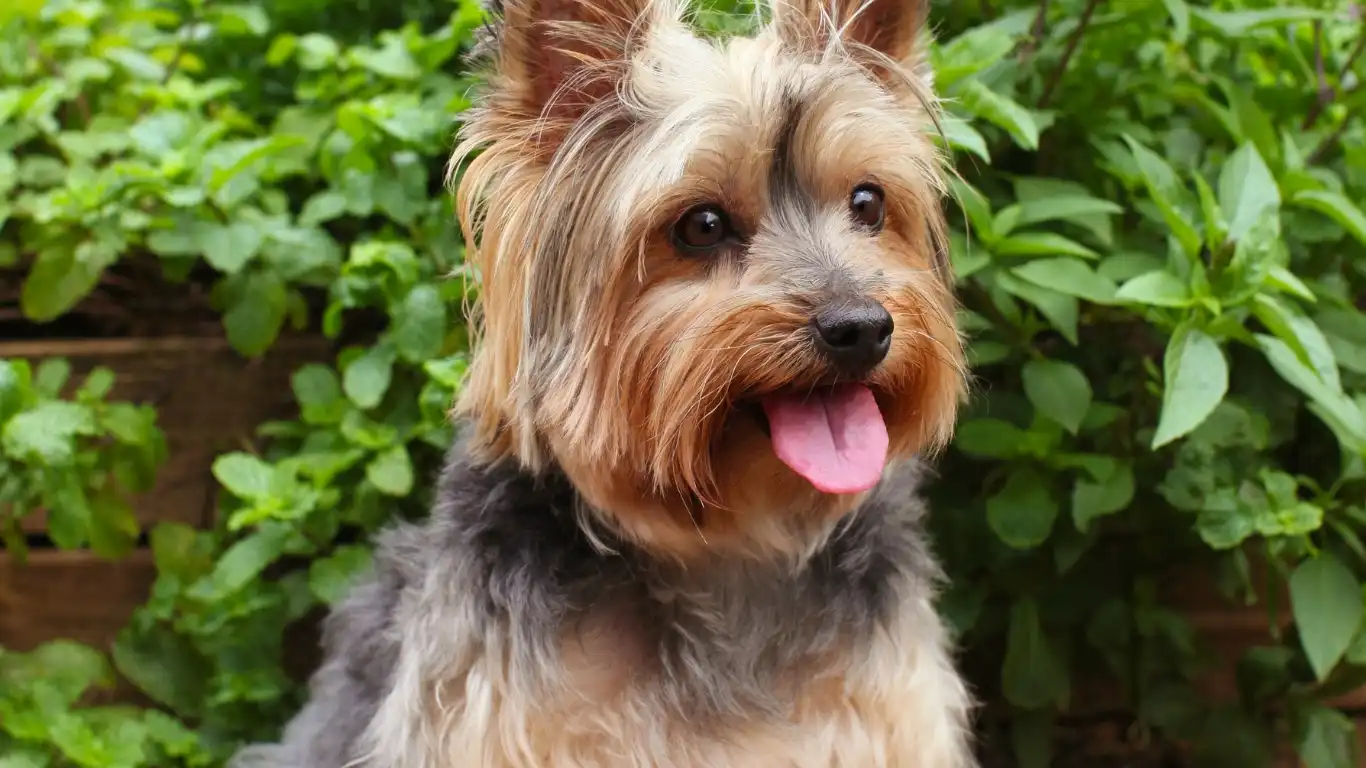
Just like humans, every dog is unique, and their hydration needs can vary based on breed, age, and activity level. For example, some breeds, like Bulldogs or Pugs, can be more prone to dehydration due to their short snouts, which can make drinking a little trickier for them. On the other hand, working breeds like Border Collies or Huskies that are highly active may require extra hydration to support their physical exertion. So, let’s break it down and talk about how you can tailor hydration strategies for different types of dogs.
1. Small Breeds: Encouraging Sips, Not Guzzles
Small dogs, like Chihuahuas or Yorkies, often don’t drink as much water as larger breeds. This doesn’t necessarily mean they’re dehydrated, but they can be more prone to dehydration if they don’t drink consistently. A trick I’ve learned over the years is to provide water in smaller, more frequent doses. Some small dog owners find that their pets prefer drinking from a small, low-to-the-ground bowl, as it feels more comfortable for them. If your small dog is picky, you could also try offering flavored water, as we discussed earlier, or using a pet water fountain to keep the water flowing and encourage more interest.
2. Large Breeds: Keeping Them Hydrated After Exercise
If you have a large breed dog, like a Great Dane, Labrador Retriever, or German Shepherd, keeping them hydrated is essential, especially after exercise. These dogs have higher water requirements due to their size and often sweat more (through their paws), so they need more water to replace the fluids they lose. After a long walk or playtime, try offering them fresh water with a few ice cubes mixed in to cool them down. Sometimes, a hydration station with multiple bowls around your home or yard will help encourage them to drink more, as they’ll have easy access to water no matter where they are.
3. Senior Dogs: Maintaining Hydration as They Age
As dogs age, they can become less active, which might make it seem like they need less water. However, senior dogs are often more prone to dehydration due to a decrease in kidney function or mobility issues that make it harder for them to reach their water bowl. One thing I recommend for senior dogs is setting up multiple water stations around the house. This ensures that no matter where they are, they can always find a water bowl nearby. For senior dogs with mobility issues, you might want to experiment with raised water bowls, which can be easier for them to access without bending down too much.
When Hydration Isn’t Enough: Hydrating Your Dog During Hot Weather
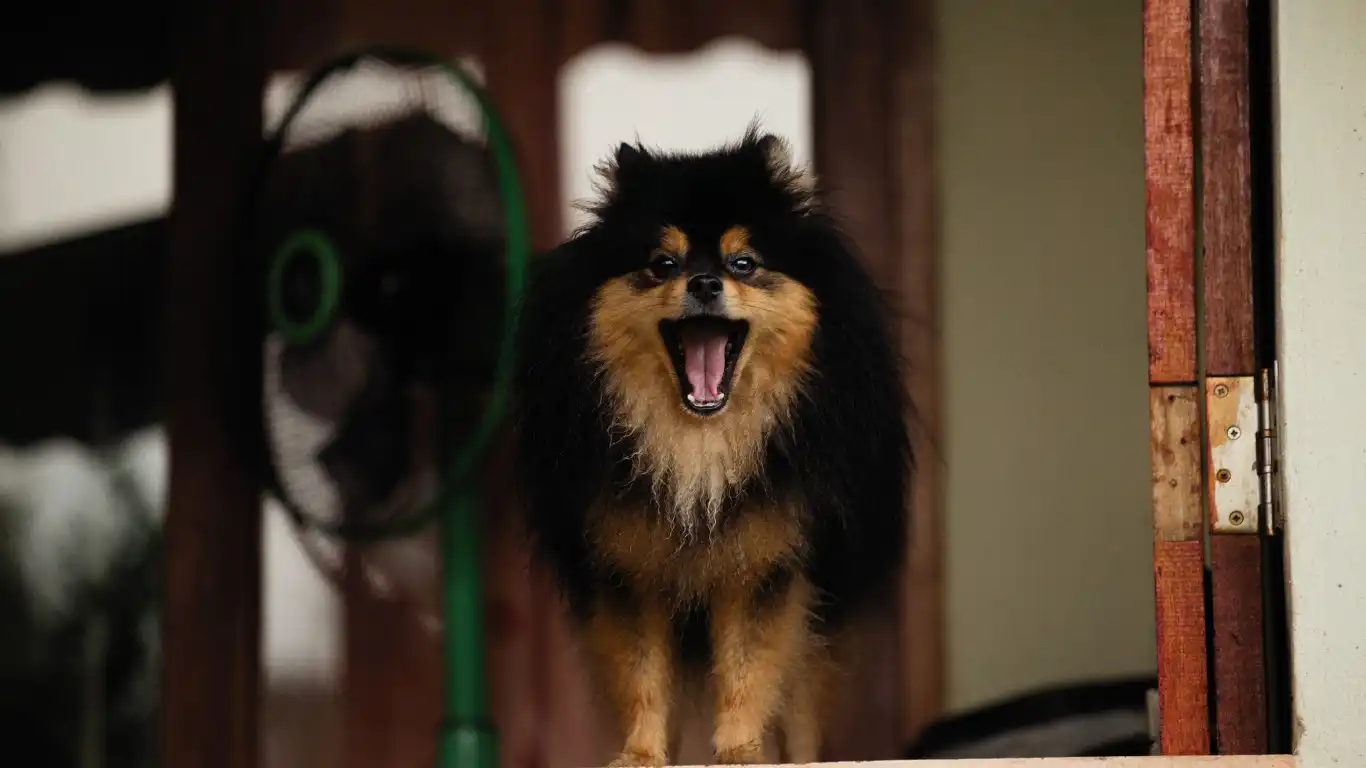
Let’s face it—summer heat can be brutal for our furry friends, and dehydration risks go up significantly when the weather gets hot. During these sweltering months, it’s more important than ever to keep an eye on your dog’s water intake and provide extra hydration whenever possible. I’ve worked with many pet owners who had to get creative to keep their dogs hydrated in the summer, and there are a few strategies that have proven effective time and time again.
1. Offer Water Frequently—Even If They’re Not Thirsty
In the heat, your dog may not always show obvious signs of thirst. In fact, some dogs don’t feel thirsty even when they’re starting to get dehydrated, especially if they’re more active than usual. This is where you, as the pet parent, need to be proactive. I recommend offering your dog water every 30 minutes to an hour when you’re outside in hot weather. If you’re on a walk or at the park, carry a portable water bottle and bowl with you so that you can hydrate them on the go.
2. Provide Ice and Cold Treats
Dogs love cool treats, and ice cubes are one of their favorites! You can freeze broth or even fruit purees into ice cubes and offer them as a refreshing snack. Another fun option is frozen yogurt treats, which can be a great way to get your dog to cool down and hydrate at the same time. I’ve had clients use ice cubes in their dog’s water bowl, and the dogs seem to enjoy it—plus, it’s an easy way to keep the water cool for longer periods.
3. Make the Water More Appealing
If you’re noticing that your dog is still turning their nose up at the water bowl in the summer, try adding some variety. You can mix a little bit of diluted broth into the water or use the tuna juice trick we mentioned earlier. The goal is to make the water as appetizing as possible. And don’t forget, some dogs prefer cold water, so you might want to add a few ice cubes to their bowl on particularly hot days.
Hydration and Special Health Considerations for Dogs
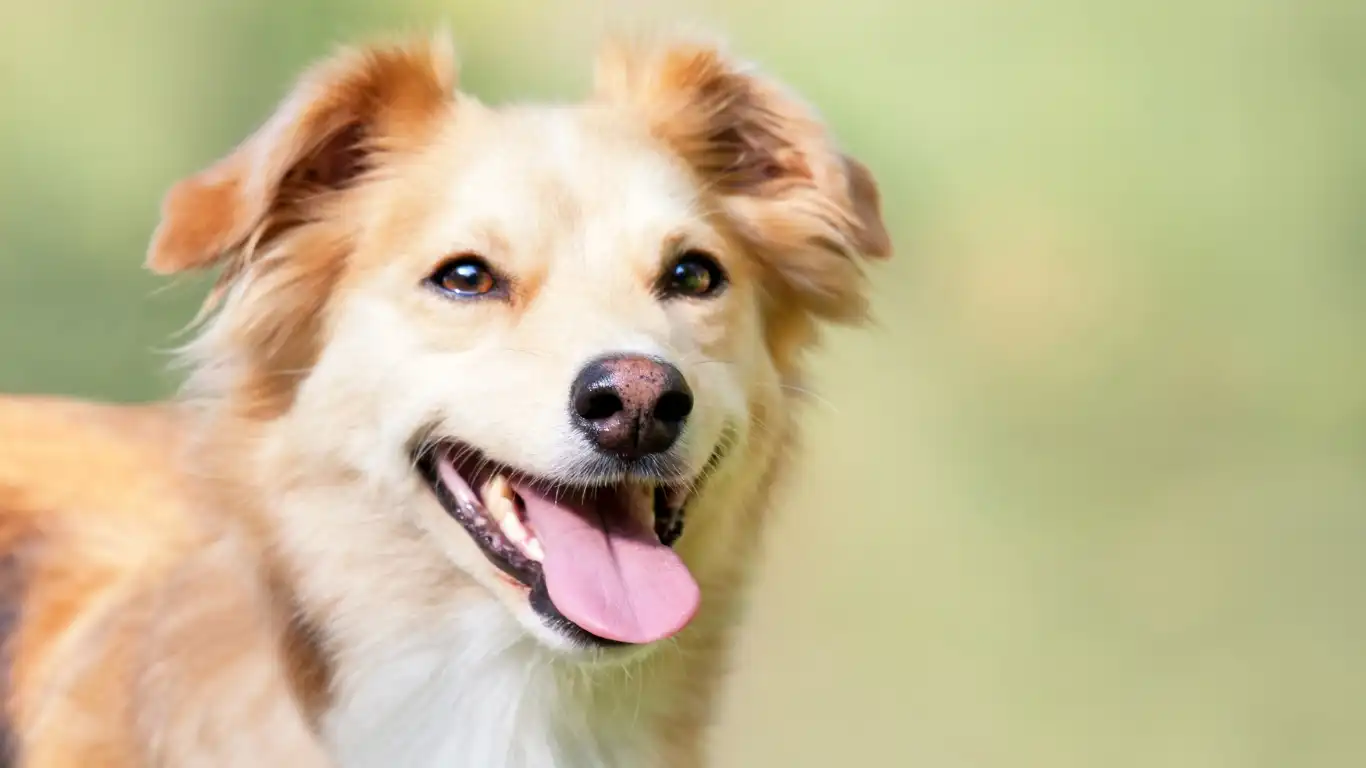
As I mentioned earlier, certain health conditions can affect a dog’s ability to stay hydrated, and these are the cases where you’ll need to take extra care in ensuring your dog is drinking enough water. Here are some examples of health conditions that may require special attention when it comes to hydration.
1. Kidney Disease
Kidney disease is one of the most common health problems in older dogs, and it can seriously affect hydration levels. Dogs with kidney disease often struggle to retain fluids, which can lead to frequent urination and excessive thirst. If your dog has been diagnosed with kidney disease, it’s essential to keep their water intake consistent. Some owners find that adding wet food or feeding them water-rich foods helps, but always consult with your vet to develop a hydration plan tailored to your dog’s condition. In some cases, your vet may recommend subcutaneous fluids or other treatments to ensure proper hydration.
2. Diabetes
Diabetes is another condition that can affect your dog’s thirst. Dogs with diabetes tend to drink more water than usual, often due to the need to compensate for increased urination. If your dog is drinking more than usual, it’s important to keep an eye on their water intake to ensure they stay hydrated and avoid complications. If you’re ever unsure about how much water your diabetic dog should be drinking, always consult your vet for guidance.
3. Post-Surgery or Illness Recovery
After surgery or during recovery from illness, your dog may need additional support to stay hydrated. This can be especially true if your dog has been off their food or water for a few days. During recovery periods, I often recommend offering water with a syringe (without a needle, of course) if they’re having trouble drinking on their own. You can also try feeding them wet food or adding water to their dry food to help with hydration. Always check with your vet on the best course of action based on your dog’s specific recovery needs.
Common Mistakes to Avoid When Trying to Hydrate Your Dog
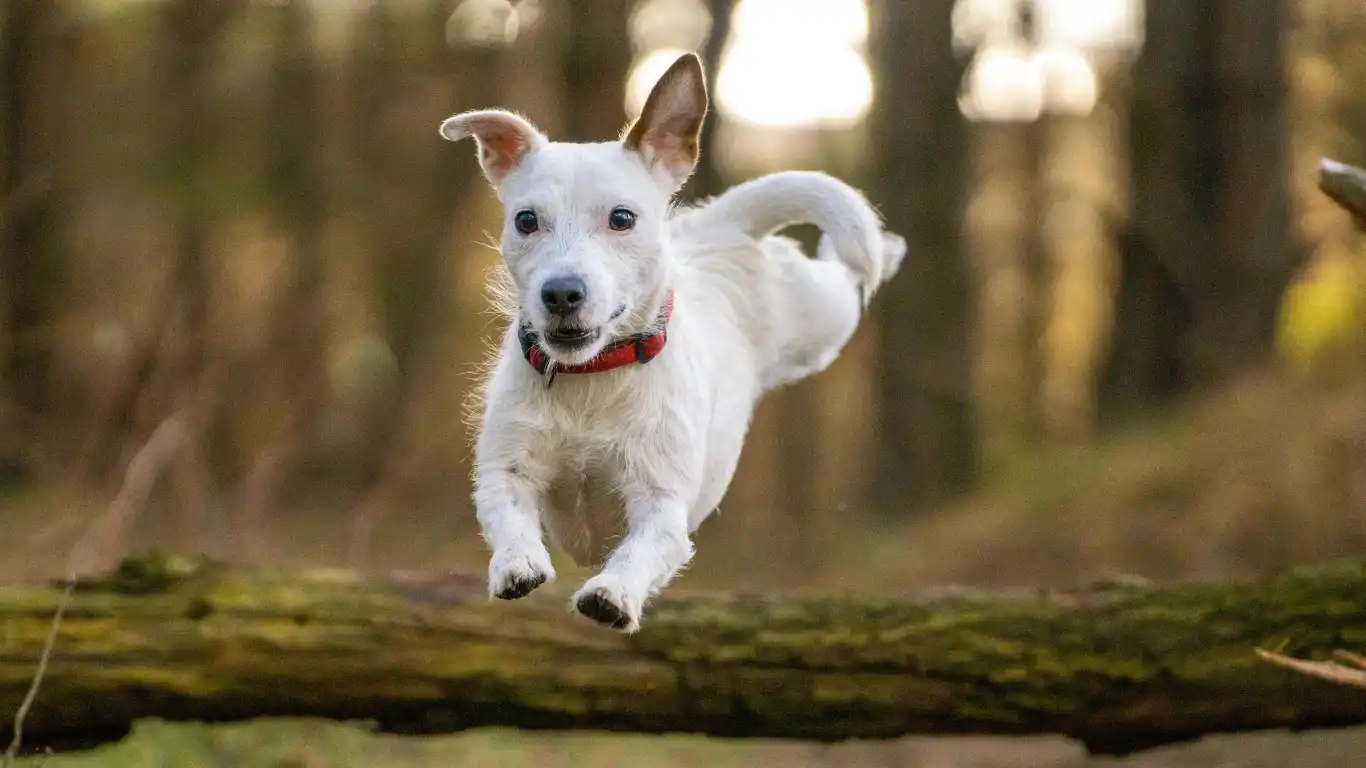
While it’s great that you’re taking proactive steps to keep your dog hydrated, there are some common mistakes I’ve seen many dog owners make that can actually hinder your efforts. It’s easy to get excited and overdo it, or miss small details that can make a huge difference in how your dog responds to hydration strategies. Let’s take a look at some of the most frequent mistakes and how to avoid them.
1. Not Keeping Water Fresh
Believe it or not, your dog is likely to turn up their nose at water that’s been sitting in the bowl for too long. It may not seem like a big deal, but dirty or stale water can discourage them from drinking. I’ve noticed that many dogs are more particular about water quality than we give them credit for. If you’re leaving the same water in the bowl all day, it can get warm and even pick up odors. Be sure to refresh their water throughout the day, especially in warmer weather. Keeping it cool and fresh can make a world of difference.
2. Overusing Flavored Water
While adding flavor to water can certainly entice some dogs to drink more, it’s essential not to go overboard with this trick. I’ve had a few clients who went a little too far and started adding too much broth or flavored liquids, thinking it would keep their dog interested. However, too much salt or other ingredients in flavored water can be harmful to your dog’s health over time. Moderation is key! Keep it simple with natural, low-sodium options, and always balance flavored water with fresh, plain water to avoid any potential dietary imbalances.
3. Forgetting About Water During Outdoor Activities
During walks, hikes, or trips to the dog park, it’s easy to get caught up in the excitement and forget about water breaks for your dog. This is a big mistake, especially in warm weather. I’ve worked with clients whose dogs ended up dehydrated simply because they didn’t have water readily available while they were outside. It’s always a good idea to carry a portable water bowl and bottle with you when you’re out with your dog. This ensures they have easy access to hydration when needed and prevents the risk of heatstroke or exhaustion.
4. Not Monitoring Water Intake Closely Enough
Sometimes, it’s easy to assume that your dog is drinking enough without keeping track of how much they’re actually consuming. In my experience, many pet owners don’t realize when their dog’s water intake is lower than normal. This can be particularly tricky with dogs who are independent drinkers or those who only drink sporadically. Pay attention to how often your dog goes to the water bowl, and monitor their water intake regularly. If you’re unsure about how much water they should be drinking based on their size, activity level, or health condition, it’s a good idea to ask your vet for advice.
Hydration and Your Dog’s Overall Health: The Bigger Picture

As we’ve discussed throughout this article, keeping your dog hydrated is essential for maintaining their overall health. But hydration is just one piece of the puzzle when it comes to your dog’s well-being. It’s important to think about hydration as part of a larger health plan that includes a balanced diet, regular exercise, and routine vet checkups. As a veterinary technician, I always remind pet owners that hydration and nutrition go hand in hand.
1. Hydration and Digestion
Water plays a crucial role in digestion, and your dog needs proper hydration to break down food and absorb nutrients effectively. If your dog is dehydrated, it can lead to constipation, indigestion, or even more severe gastrointestinal issues. Ensuring that your dog drinks enough water helps keep their digestive system running smoothly and supports the absorption of nutrients from their food.
2. Hydration and Skin Health
Another area where hydration plays a significant role is in your dog’s skin and coat. Dehydration can lead to dry, flaky skin, dull fur, and even more serious skin conditions. Regular hydration helps maintain moisture in the skin, ensuring your dog’s coat stays soft, shiny, and healthy. If you notice that your dog’s coat looks a bit lackluster or they’re scratching more than usual, dehydration might be the culprit.
3. Hydration and Temperature Regulation
Just like humans, dogs need water to regulate their body temperature. When your dog becomes overheated, they sweat through their paws and pant to cool down. If they’re not adequately hydrated, they may struggle to regulate their temperature properly, putting them at risk of heatstroke or exhaustion. Always make sure that your dog has access to water, especially in warmer climates or after physical activities like playtime, walks, or running.
When to Contact Your Vet About Hydration Concerns
Even with all the tips and tricks, there are times when you might need to seek professional help to ensure your dog stays hydrated and healthy. If your dog’s water intake is significantly reduced for an extended period, or if you notice signs of severe dehydration (like dry gums, lethargy, sunken eyes, or a loss of skin elasticity), it’s important to contact your vet right away. Dehydration can quickly escalate into something serious, especially for dogs with existing health conditions like kidney disease or diabetes.
1. Signs of Dehydration
It’s essential to be aware of the warning signs of dehydration in dogs, which can include:
- Dry, sticky gums
- Sunken eyes
- Lethargy or weakness
- Loss of appetite
- Reduced skin elasticity (when you gently pinch your dog’s skin, it may not snap back immediately)
2. Frequent Urination or Excessive Thirst
If your dog is drinking more water than usual or urinating excessively, it could indicate a health problem such as kidney disease or diabetes. In these cases, it’s important to consult with your vet to address the underlying cause and get advice on how to manage your dog’s hydration effectively.
3. Poor Eating Habits
If your dog’s food intake is declining along with their water intake, it could point to an illness or infection. Loss of appetite can also lead to dehydration, so it’s important to monitor both their food and water consumption. A visit to the vet is essential for a proper diagnosis and treatment plan.
References
For more information on dog hydration and care, check out these trusted resources:
Disclaimer
The information provided in this article is for educational purposes only and is based on my personal experience as a veterinary technician. It should not replace professional veterinary advice. If you are concerned about your dog’s hydration or health, please consult a licensed veterinarian for personalized guidance and treatment.


